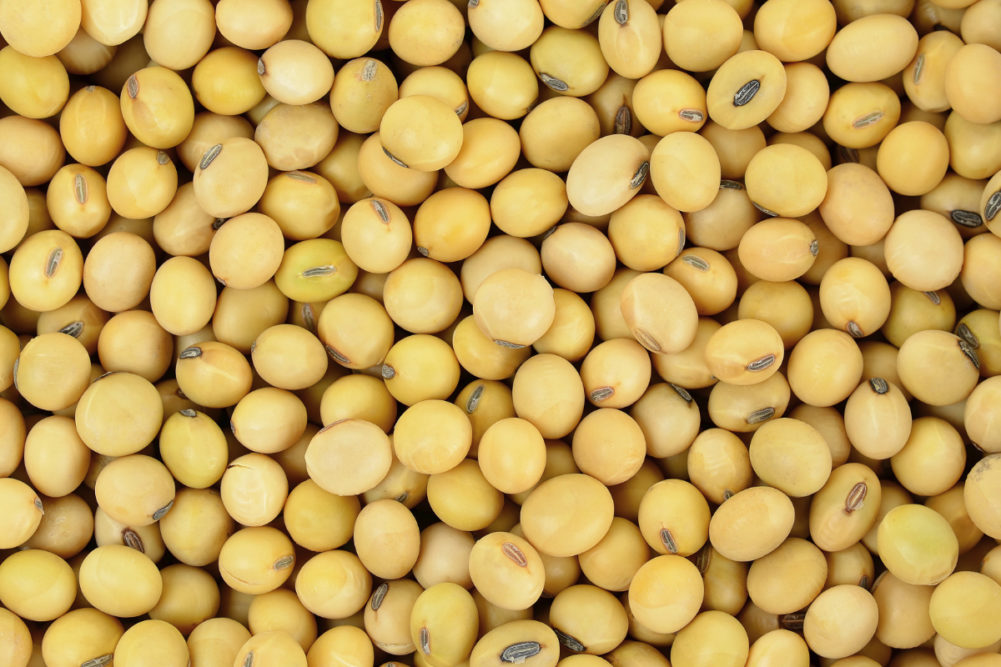DENVER, COLORADO, US — Rapid expansion of US soybean crush facilities to meet demand for renewable diesel production could result in an overbuild and threaten the viability of new, high-cost facilities in the long term, according to a new study by CoBank’s Knowledge Exchange.
Soybean oil is the largest feedstock for bio-based diesel production and has the greatest capacity for growth due to ample domestic availability compared to other feedstocks, CoBank said.
In response, soybean crush capacity in the United States grew 7% in the last three years and is expected to grow 23% in the next three. Most of this will be in construction of greenfield facilities with 11 new plants expected to be built in the next three years. Another four are expected to expand capacity or be retrofitted to process oilseeds.
“Legacy processing plants with low debt levels will still find profitability in an environment of sharply lower crush margins,” said Tanner Ehmke, lead grain and oilseed economist for CoBank. “But new crush plants built at substantially higher costs and interest rates will have higher breakeven costs. And destination plants located outside of soybean-growing regions are at greater financial risk due to increased reliance on transportation to acquire soybeans.”
Margins are expected to moderate as the market adjusts to the increase in domestic soy crush capacity and growing global competition, CoBank said. Soy oil prices have come under pressure from other feedstocks such as imported vegetable oils, beef tallow and used cooking oil.
Soybean oil is the most widely used feedstock for bio-based diesel production, accounting for about 35% of monthly feedstock usage. But that percentage has fallen from 50% a year ago as use of other oils, fats and greases increases.
Beef tallow has climbed to more than 20% of total feedstuff usage, while yellow grease and used cooking oil account for 20%.
In addition, persistent weakness in soybean meal prices is likely as surplus grows, CoBank said. In the United States, end users are predominantly swine and poultry producers. It is uncertain if domestic livestock supplies will be enough to absorb the additional soybean meal.
Higher input costs and uncertain consumer demand has stalled growth expectations for animal protein, CoBank said. US animal protein production is flattening and still not back to 2019 levels.
“Swine and poultry producers are the top feeders of soybean meal, but the ratios are relatively small and somewhat inflexible,” said Brian Earnest, lead animal protein economist for CoBank. “Given their better long-term growth outlook relative to other sectors, we expect broiler integrators will be best positioned to leverage growing soybean meal supplies. But the opportunity is limited, which means export markets will be increasingly important.”
US soybean meal exports grew in 2023 following the historic drought that reduced Argentina’s soybean crop. Barring similar crop failures in South America, competition for soybean meal export market share will intensify in the years ahead. That means the United States likely will need to compete on price in key markets like Southeast Asia, CoBank said.
The report is available here.






